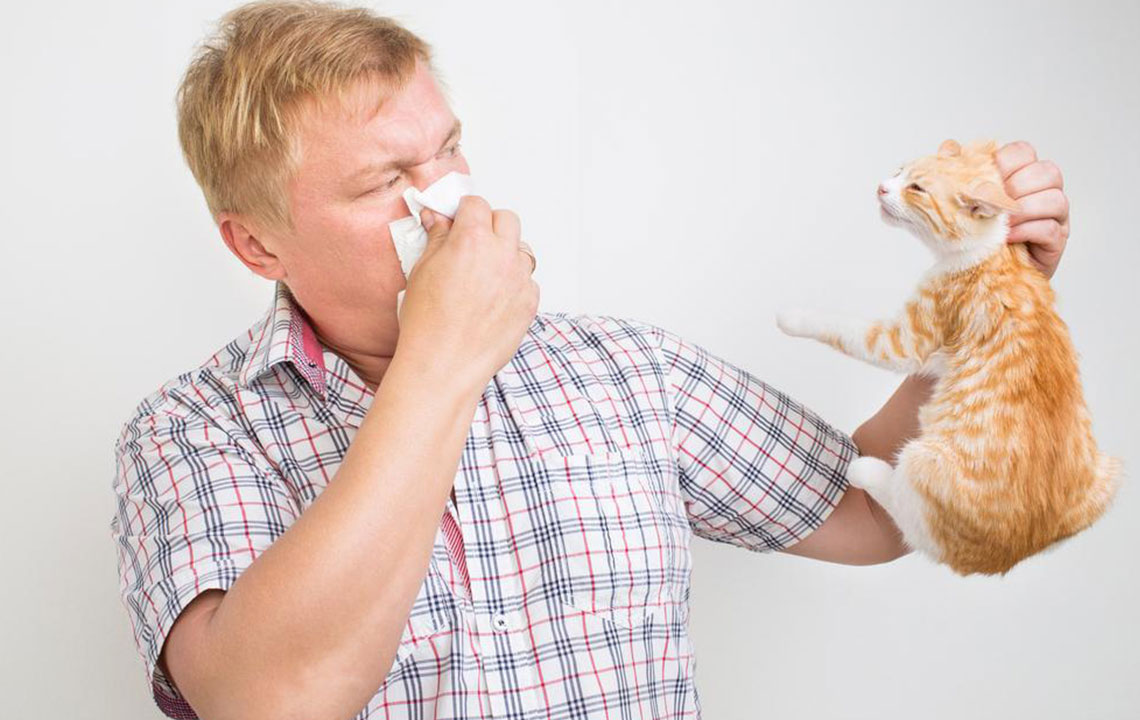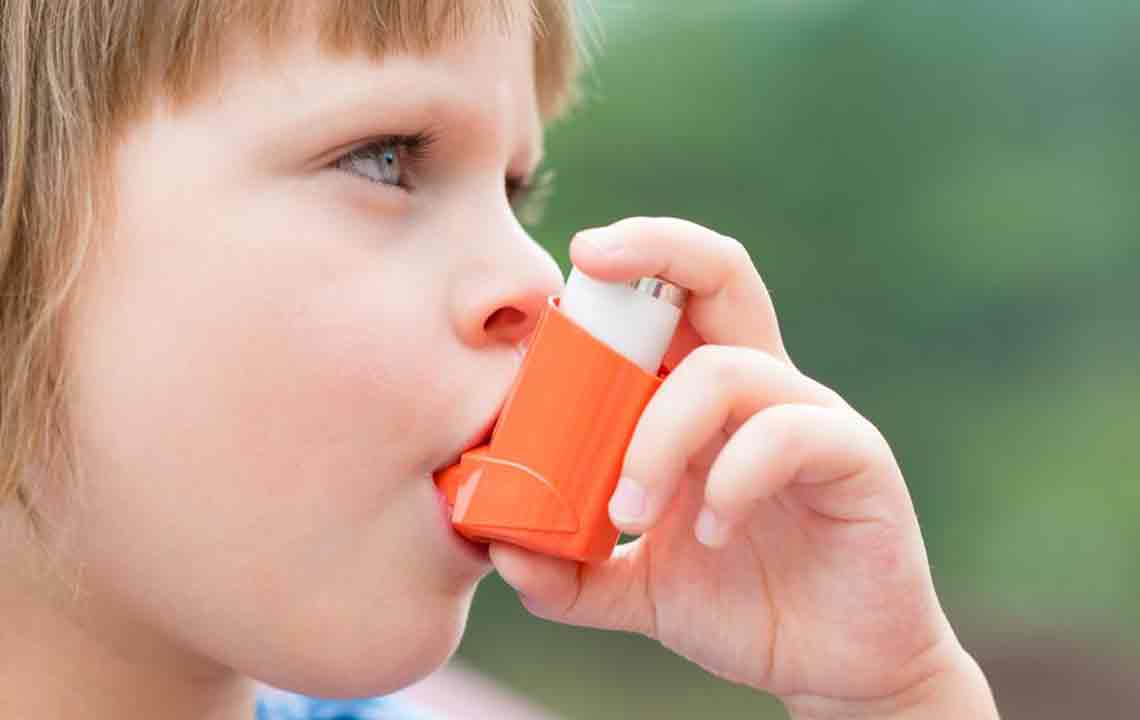How to Recognize and Manage Pet Allergy Symptoms
Learn how to identify and manage pet allergy symptoms effectively. This guide highlights common signs, causes, testing methods, and practical solutions for allergy sufferers. Whether you love pets or are considering getting one, understanding allergies can help you take appropriate steps to minimize reactions and enjoy pet companionship safely.

How to Recognize and Manage Pet Allergy Symptoms
Having a pet can bring joy and companionship to your life. However, some individuals or family members may experience allergic reactions to animals, which can impact health and comfort. Recognizing the signs is essential for proper management.
Typical signs of pet allergies
Sneezing
Nasal congestion
Runny nose
Itchy, watery eyes
Facial pressure due to congestion
Coughing
Dark under-eye circles
Skin reactions caused by pet allergies
Skin inflammation
Itching
Rashes or hives
Symptoms in asthma sufferers
Difficulty sleeping
Chest tightness
Breathing issues
Wheezing
Recurrent nasal inflammation may lead to sinus blockages, increasing the risk of infections like sinusitis. Pet allergies can also worsen asthma symptoms, sometimes requiring emergency care.
To confirm an allergy, consider consulting an allergist. Cat allergies are twice as common as dog allergies, yet many homes have cats. Spending a day with a pet from a friend can help gauge your reaction. An allergy test involving skin pricks can determine sensitivity, guiding appropriate management strategies.
Healthcare professionals often suggest treatments that help you coexist with pets if allergies are confirmed. Since pet dander, saliva, urine, and fur contain proteins that trigger allergic responses, reducing exposure and managing symptoms are key. There is no completely hypoallergenic pet, but individual care and environment control can minimize reactions.
If allergy symptoms are severe or linked to asthma, you might need to consider rehoming your pet. Options include finding a new owner or asking family members to care for your pet. For milder cases, measures like restricting pet access to certain rooms, regular cleaning, grooming the animal weekly, and taking allergy medications can provide relief. When visiting homes with pets, carrying antihistamines and practicing good hygiene—washing hands and changing clothes—helps prevent symptoms. Keeping fish or other hypoallergenic pets can serve as alternatives.
In the United States, over 60% of households have pets, yet pet allergies remain widespread, affecting millions. Recognizing symptoms and adopting preventive measures can improve quality of life for allergy sufferers.










